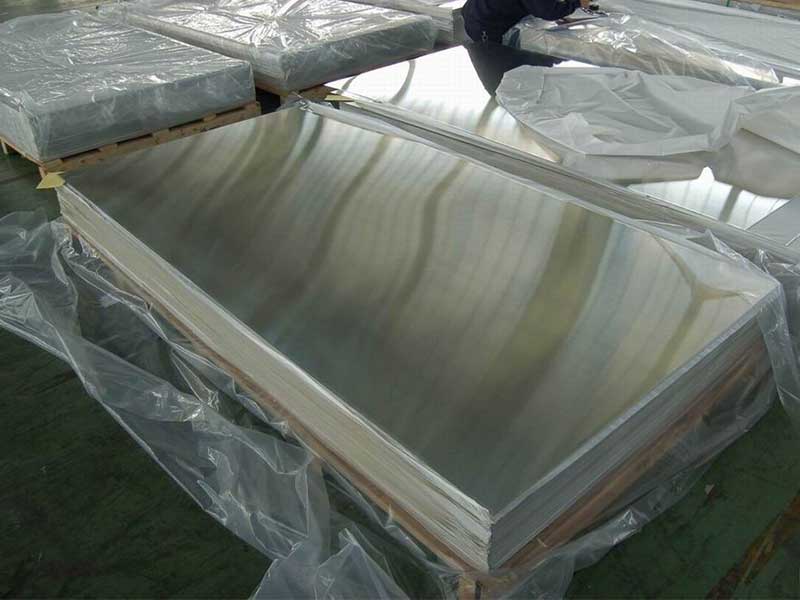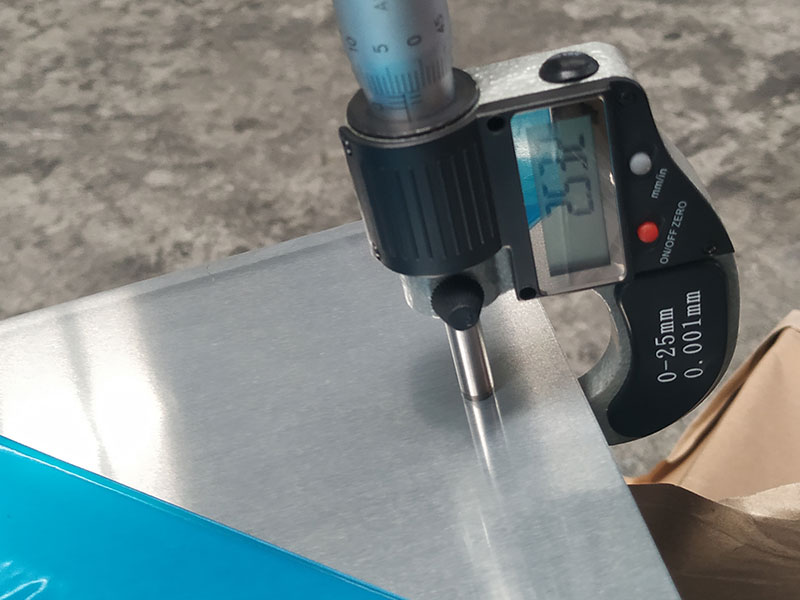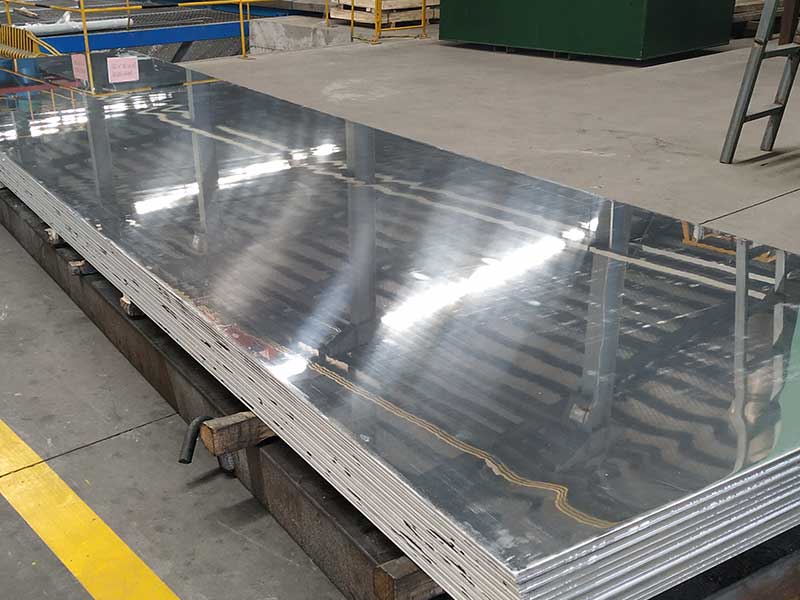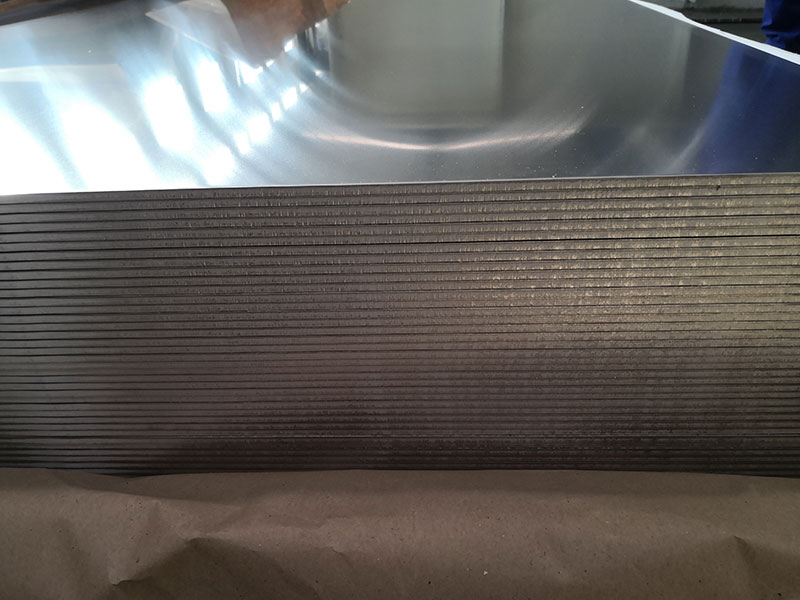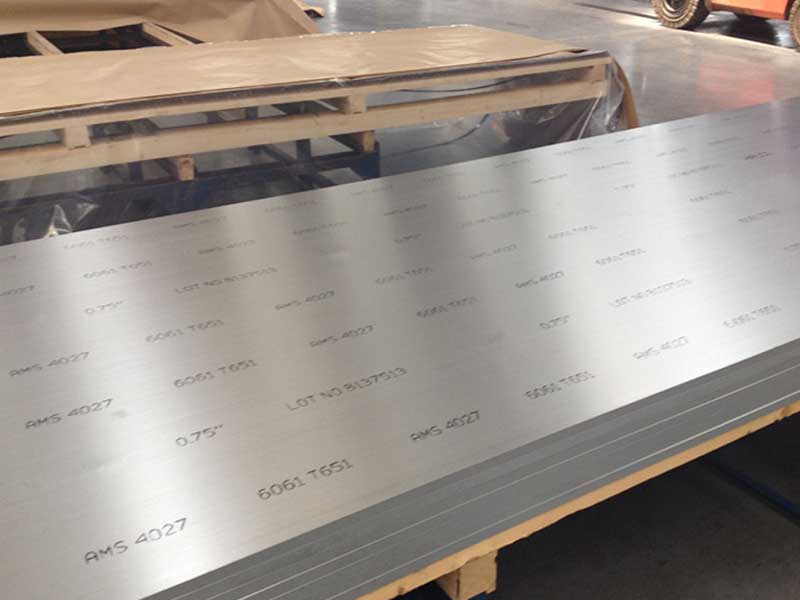0.02 Inch Thick Astm Aluminum Sheet
0.02 Inch Thick ASTM Aluminum Sheet: A Closer Look at Its Precision and Performance
In the world of lightweight metal materials, aluminum sheets have long been valued for their versatility and performance. Among these, the 0.02 inch thick ASTM aluminum sheet occupies a unique niche, balancing sheer thinness with strength, conductivity, and corrosion resistance. To truly appreciate its capabilities, it’s essential to delve beyond surface-level specifications and explore what makes this ultra-thin aluminum sheet a cornerstone in industries ranging from aerospace to electronic enclosures.
the 0.02 Inch Thick ASTM Aluminum Sheet
The thickness of 0.02 inches (approximately 0.51 mm) places this aluminum sheet in the ultra-thin category. While thin sheets can often imply fragility, aluminum's intrinsic properties—lightweight yet strong, readily work-hardened, and corrosion-resistant—shine through primarily due to the adherence to ASTM standards which guarantee quality and consistency.
ASTM (American Society for Testing and Materials) plays a pivotal role in setting measurement and composition benchmarks. The term "ASTM Aluminum Sheet" typically refers to sheets meeting ASTM B209 requirements for aluminum and aluminum-alloy sheets and plates. Upon this foundation, specifications cover alloy selection, thickness tolerance, and finish requirements.
Parameters and Alloy Tempering
Alloys:One of the predominant alloys in this thickness range is 1100 series (commercially pure aluminum, 99% aluminum), prized for exceptional corrosion resistance and excellent formability. However, other commonly selected alloys include:
- 3003: additional manganese for moderate strength improvement.
- 5052: notable for excellent corrosion resistance, especially in marine environments.
- 6061: typically for applications requiring higher strength but less common at 0.02 inch due to processing difficulties.
Temper Classification:Temper or tempering refers to mechanical or heat treatment applied to aluminum affecting hardness, strength, and ductility.
- H14 Temper: The sheet is strain-hardened and can be identified by an increase in strength while retaining moderate ductility.
- O Temper: Annealed condition, which is fully soft with excellent formability but lower strength.
Depending on the alloy and application, you will choose the appropriate temper. A 0.02 inch thick sheet blown into electronic casings may benefit from an H14 or H16 temper for enhanced durability, while a decorative application might use an O temper for easier shaping.
Chemical Composition and Its Implications
Chemical composition establishes the performance fingerprint of the aluminum sheet. Focusing specifically on the 1100 alloy (as a popular choice at this thin gauge), here is the typical chemical breakdown according to ASTM B209:
| Element | Percentage (%) |
|---|---|
| Aluminum (Al) | Balance (≥ 99%) |
| Copper (Cu) | 0.05 Maximum |
| Iron (Fe) | 0.95 Maximum |
| Manganese (Mn) | 0.05 Maximum |
| Silicon (Si) | 0.95 Maximum |
| Zinc (Zn) | 0.10 Maximum |
| Titanium (Ti) | 0.03 Maximum |
| Others (each) | 0.03 Maximum |
| Others (total) | 0.10 Maximum |
Impact of Composition:
- The purity (~99%) ensures excellent electrical and thermal conductivity, essential for applications in electronics.
- Low copper and manganese keep corrosion resistance high.
- Minimal alloying elements reduce brittleness, giving the sheet unparalleled malleability.
Production and Implementation Standards
The production of this thin aluminum sheet must contend not only with quality but the challenges posed by thin metal deformation, surface finish control, and maintaining dimensional tolerances.
- Thickness Tolerance: ASTM B209 designates thickness tolerances for 0.02 inch sheets as ±0.002 inch, ensuring uniformity perfect for tight folding and bending in precision manufacturing.
- Surface Finish: Common finishes include “No.1” (mill finish), “No.2B” (bright, smooth) or anodized coatings improving durability and aesthetics.
- Mechanical Testing: Production batches often undergo tensile strength, elongation, and bend tests to certify conformity with ASTM B209 requirements.
The meticulous engineering behind a 0.02 inch thick ASTM aluminum sheet enables designers and technologists to explore boundaries of miniaturization, weight saving, and multifunctional design.
- Aerospace Applications: Thin sheets help reduce aircraft weight without sacrificing corrosion resistance.
- Consumer Electronics: Lightweight casings that shield delicate electronics yet dissipate heat bias use of such thin aluminum sheets.
- Artistic and Architectural: Sculptors and architects leverage flexibility to create durable, exquisite facades and interiors.
https://www.aluminumplate.net/a/002-inch-thick-astm-aluminum-sheet.html


